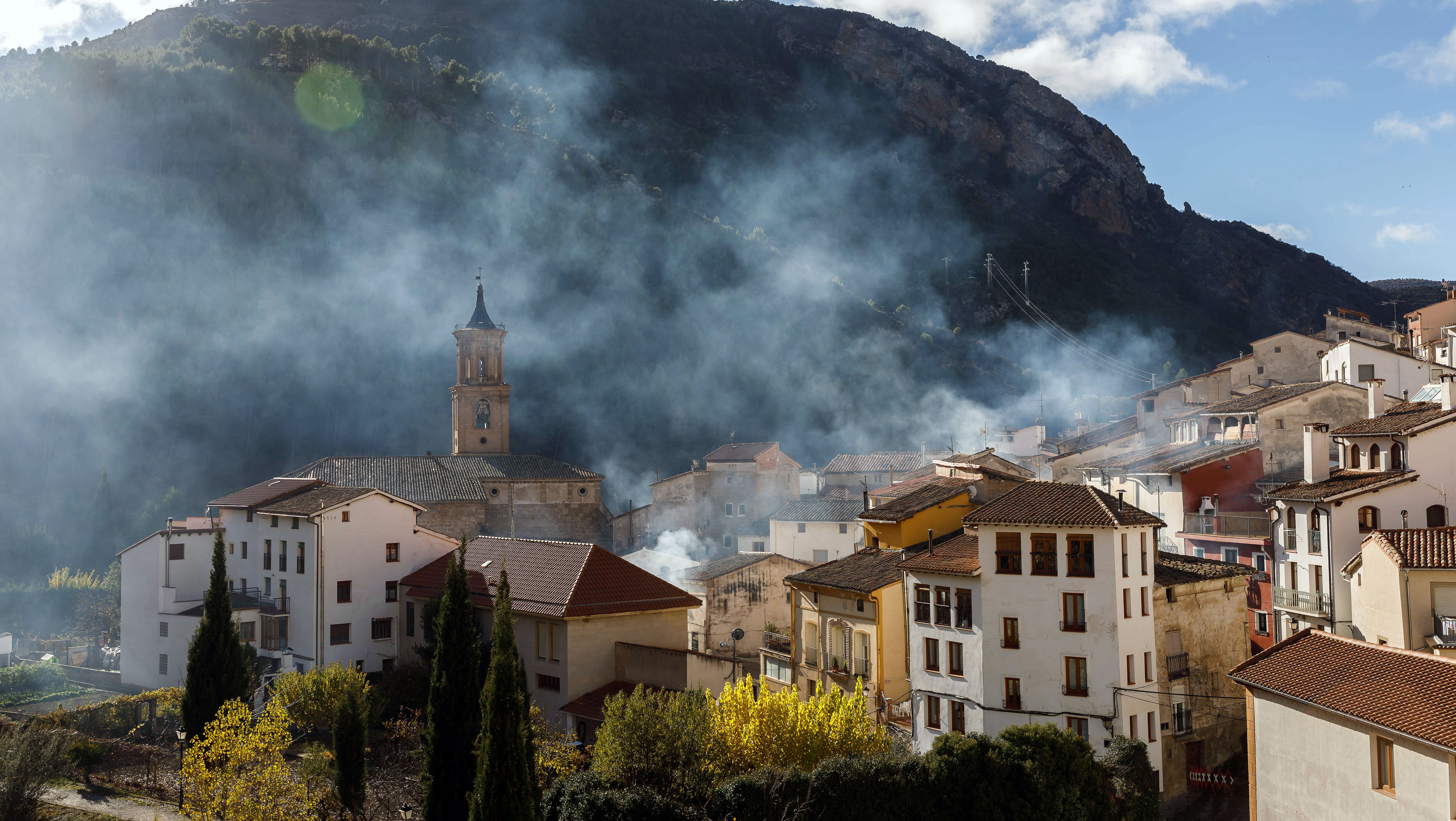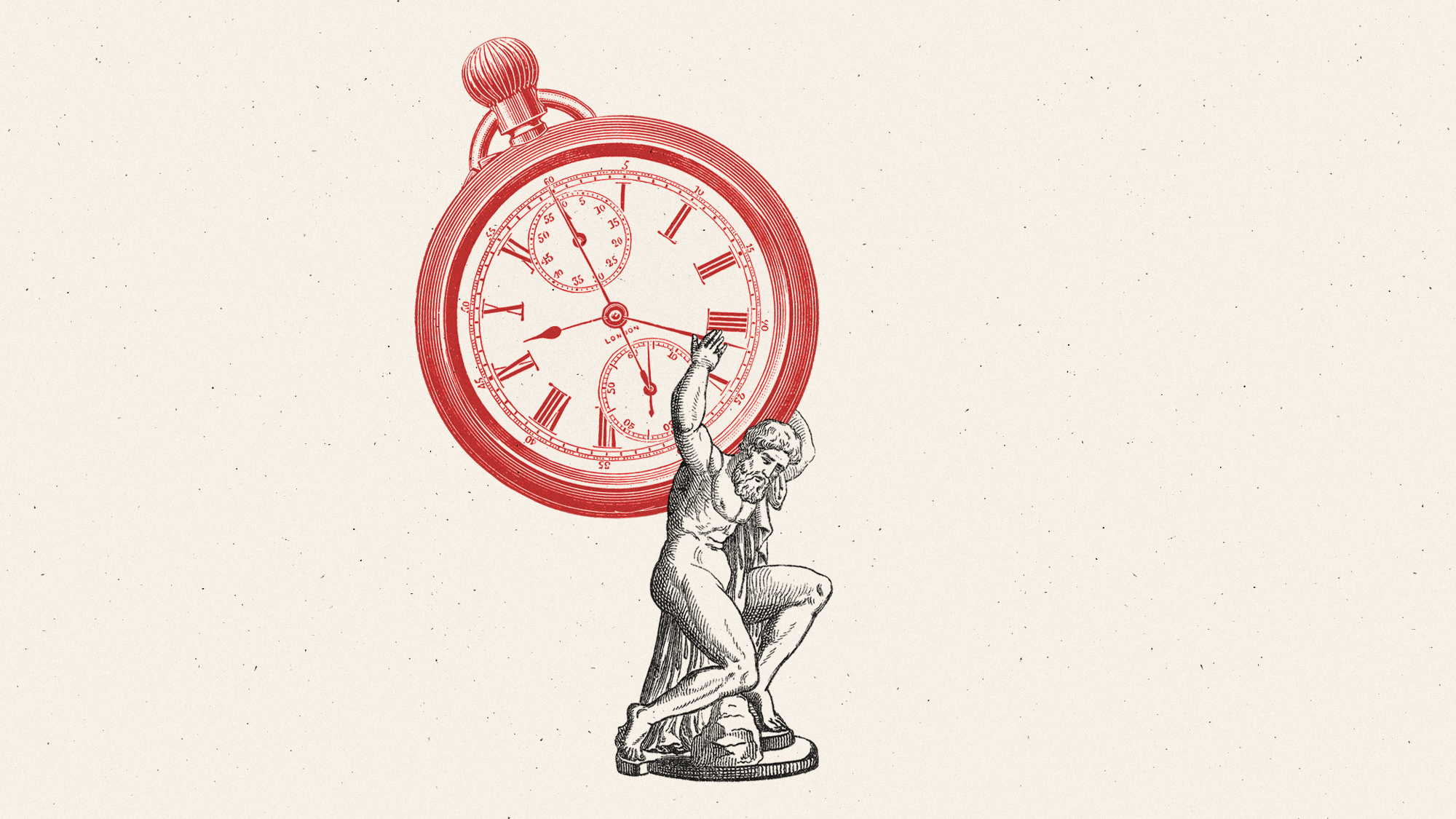Coronavirus: how a medieval Spanish town became a Covid hotspot
A cluster of towns in idyllic La Rioja have an alarming mortality rate

In crowded cities, the risk of contracting Covid-19 is obvious - yet in tranquil rural towns, the threat may be more insidious.
Northern Spain’s “scenic wine region of La Rioja, with its scattered hilltop villages, might have seemed a less-than-likely location for coronavirus to take root”, says The Telegraph.
“But with more than 4,000 confirmed cases amongst a population of just 315,000, La Rioja has the highest concentration of positives amongst all of Spain’s regions.”
The Week
Escape your echo chamber. Get the facts behind the news, plus analysis from multiple perspectives.

Sign up for The Week's Free Newsletters
From our morning news briefing to a weekly Good News Newsletter, get the best of The Week delivered directly to your inbox.
From our morning news briefing to a weekly Good News Newsletter, get the best of The Week delivered directly to your inbox.
Indeed, outside of “the confined spaces of care homes and cruise ships, Covid-19 has been at its most lethal in a handful of southern European country towns”, The Guardian reports.
Among those hardest hit is La Rioja’s Santo Domingo, which has a death rate of 550 per 100,000 people. That compares with 67 in London, according to latest figures from Public Health England.
“We became the Chernobyl of coronavirus,” Maria Jose Duenas, an economist who lives in the Spanish town, told The Telegraph. “Everyone knows someone who has died.”
–––––––––––––––––––––––––––––––For a round-up of the most important stories from around the world - and a concise, refreshing and balanced take on the week’s news agenda - try The Week magazine. Start your trial subscription today –––––––––––––––––––––––––––––––
A free daily email with the biggest news stories of the day – and the best features from TheWeek.com
What caused the hotspots?
No one really knows why the new coronavirus spread so quickly in the region. The Spanish government was guilty of a “lack of transparency”, says The Guardian, “but there is no sign of other major mistakes in Santo Domingo that are not widely shared elsewhere”.
As in many other places, local people were slow to recognise the threat.
As late as 12 March, the Los Angeles Times described rumours of an outbreak in La Rioja as a “plague” of misinformation. “Business owners and local politicians are eager to promote the image of a tranquil town whose residents continue with their normal lives,” the newspaper said.
A few days later, however, the Spanish government imposed one of Europe’s strictest lockdowns. Children were not allowed to leave home for 45 days and all outside exercise was banned.
The role of the church
“Given religion’s central role in Santo Domingo de la Calzada, it is not surprising that some blamed the church,” says The Guardian.
They may have good reason. “On 17 February, a group of 46 parishioners had set out by coach to visit Rome and Florence,” the paper says. Having dropped off a bottle of rioja wine for Pope Francis, they “returned via northern Italy on 22 February, just as the first cases were being reported there”.
Others suggest the spread of the virus followed an older religious route.
Santo Domingo sits on an old pilgrim pathway, the Camino de Santiago, that attracts more than 350,000 walkers per year from all over the world. About half of them pass through the town.
“In early March, local doctors had lobbied for part of the route to be closed, but this didn’t happen until the nationwide lockdown was imposed,” The Guardian reports.
The recovery
Although Santo Domingo and its neighbours have been hit hard by Covid-19, they are also leading the way out of the pandemic.
“La Rioja has brought its R transmission ratio well under one, has no patients in intensive care and has registered less than 30 new cases in the past two weeks,” The Telegraph reported last weekend.
–––––––––––––––––––––––––––––––For a round-up of the most important stories from around the world - and a concise, refreshing and balanced take on the week’s news agenda - try The Week magazine. Start your trial subscription today –––––––––––––––––––––––––––––––
-
 The Week’s big New Year’s Day quiz 2026
The Week’s big New Year’s Day quiz 2026Quiz of the Year How much do you remember about 2025’s headlines? Put yourself to the test with our bumper quiz of the year
-
 Is tanking ruining sports?
Is tanking ruining sports?Today's Big Question The NBA and the NFL want teams to compete to win. What happens if they decide not to?
-
 ‘Netflix needs to not just swallow HBO but also emulate it’
‘Netflix needs to not just swallow HBO but also emulate it’instant opinion Opinion, comment and editorials of the day
-
 How Bulgaria’s government fell amid mass protests
How Bulgaria’s government fell amid mass protestsThe Explainer The country’s prime minister resigned as part of the fallout
-
 Femicide: Italy’s newest crime
Femicide: Italy’s newest crimeThe Explainer Landmark law to criminalise murder of a woman as an ‘act of hatred’ or ‘subjugation’ but critics say Italy is still deeply patriarchal
-
 Brazil’s Bolsonaro behind bars after appeals run out
Brazil’s Bolsonaro behind bars after appeals run outSpeed Read He will serve 27 years in prison
-
 Americans traveling abroad face renewed criticism in the Trump era
Americans traveling abroad face renewed criticism in the Trump eraThe Explainer Some of Trump’s behavior has Americans being questioned
-
 Nigeria confused by Trump invasion threat
Nigeria confused by Trump invasion threatSpeed Read Trump has claimed the country is persecuting Christians
-
 Daylight saving time: a Spanish controversy
Daylight saving time: a Spanish controversyUnder the Radar Spain’s prime minister has called on the EU to remove biannual clock changes in Europe
-
 Sanae Takaichi: Japan’s Iron Lady set to be the country’s first woman prime minister
Sanae Takaichi: Japan’s Iron Lady set to be the country’s first woman prime ministerIn the Spotlight Takaichi is a member of Japan’s conservative, nationalist Liberal Democratic Party
-
 Russia is ‘helping China’ prepare for an invasion of Taiwan
Russia is ‘helping China’ prepare for an invasion of TaiwanIn the Spotlight Russia is reportedly allowing China access to military training